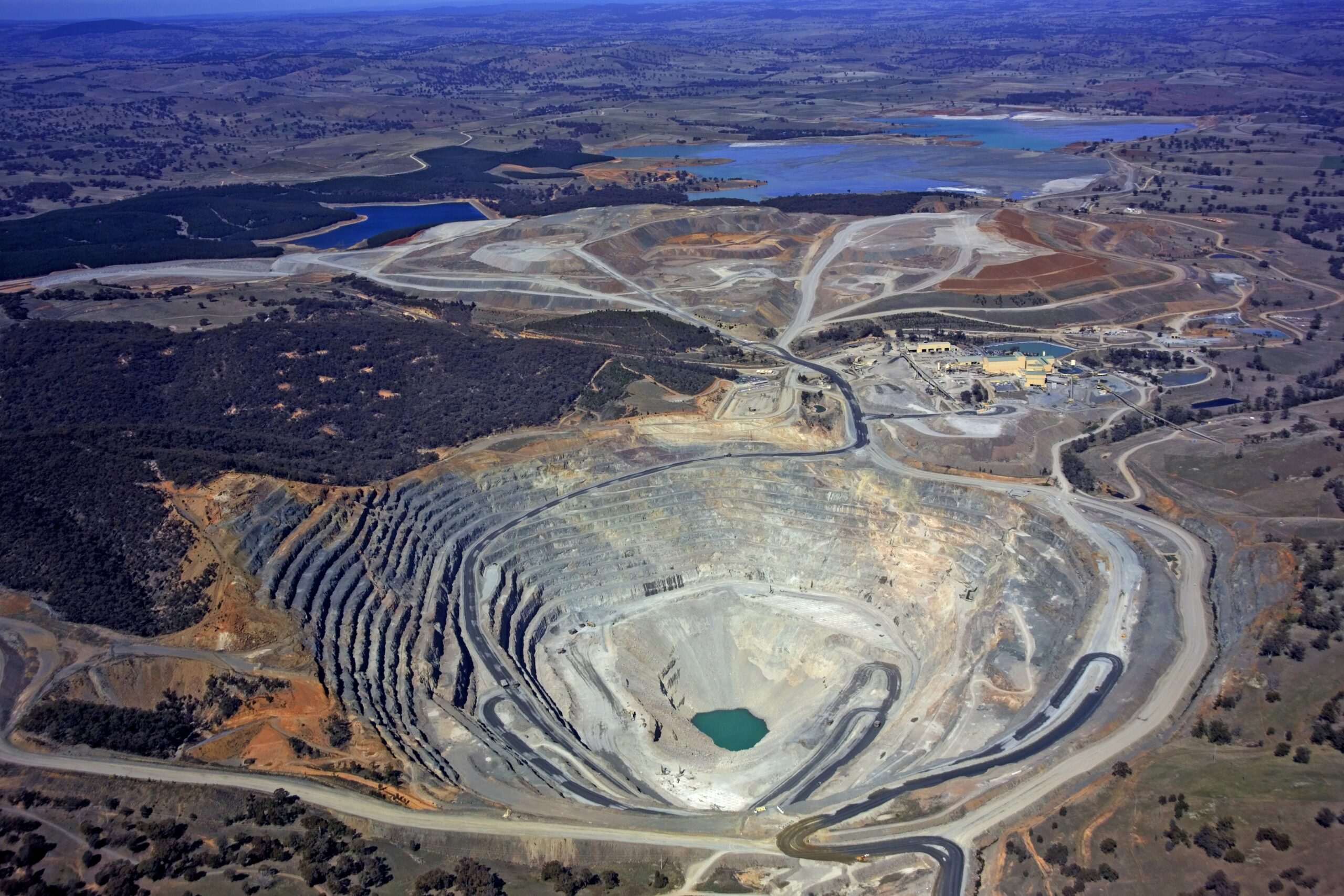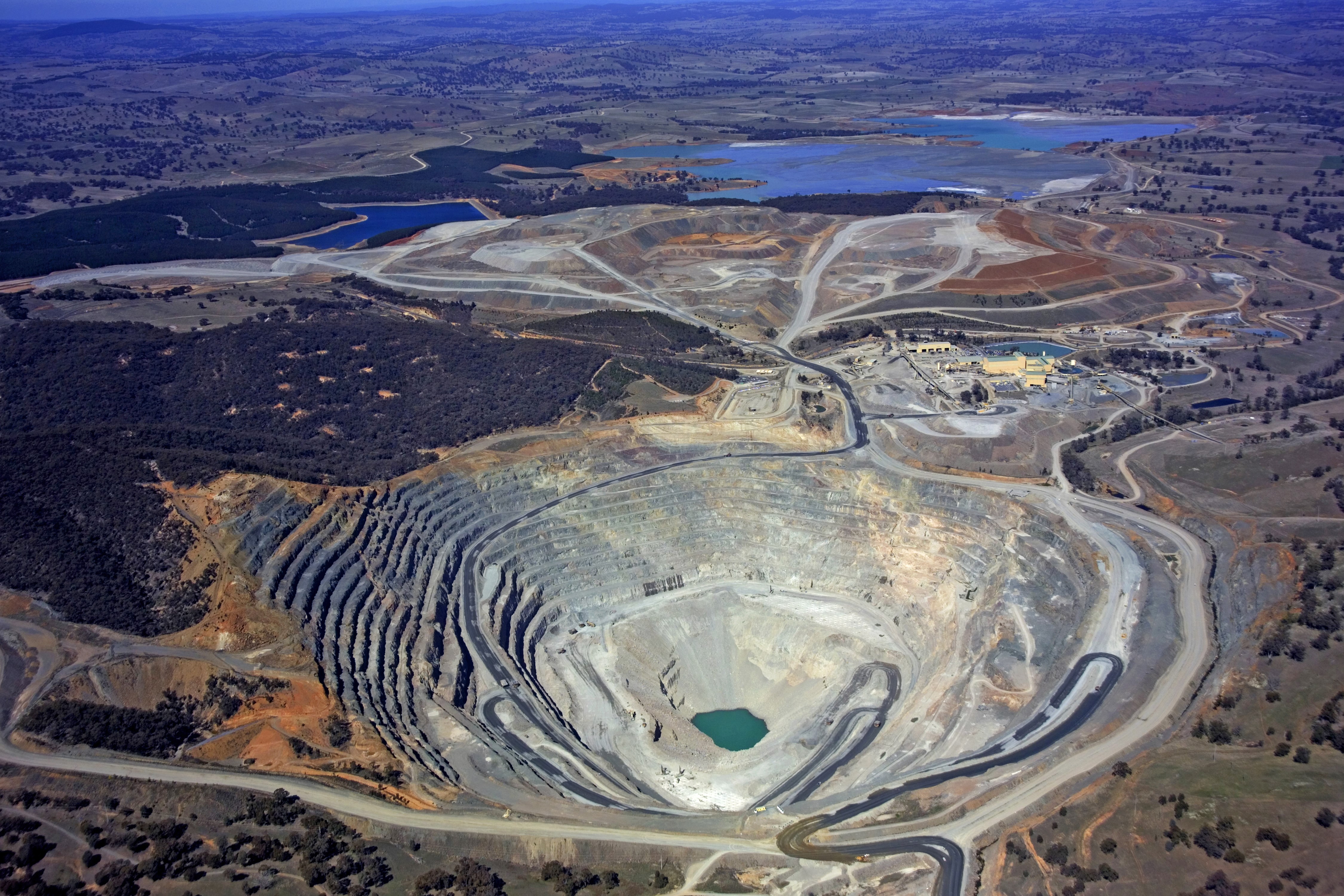
ICG Commodity Update – April 2020
The ICG Commodity Update is our monthly published comment on energy, industrial metals and precious metals market.
Energy
The drop in oil demand in April was likely the largest in history. However, the beginnings of a gradual reopen of European and US economies suggests that we are past the worst of the demand downturn. There has been a full recovery in road congestion for the work week days across major Chinese cities. Weekly preliminary oil demand estimates from the US confirm an improving demand trend. This trend in improving data is likely to continue going forward as more countries loosen their restrictions. At the same time, global oil supply is expected to contract significantly. First, as operating costs are not being covered for many oil fields, there are forced production shut-ins. At a Brent price of $25/bl, 10mbpd of oil production does not cover operating costs. Low prices have already triggered global production shut-ins worth 3.9mboe/d acc. to WoodMac. Also, OPEC+ have started to cut production. Nevertheless, the supply side has a time gap. Therefore inventories are increasing but going forward this increase may slow. Nevertheless, questions are being raised on how many more days of supply storage there are in the tanks if oversupply continues. Orbital estimates tanks can still accommodate >2 billion barrels worldwide. The global storage is 56% filled. Unlike energy equities, which price for anticipated fundamental changes, energy commodity prices reflect the state of the current market. Some regions are experiencing more oversupply than others. This was obvious in Cushing, Oklahoma, which is the NYMEX clearinghouse for the WTI oil contract. In a perfect storm, the May WTI futures contract fell to minus $37.6/bl on 20.04. Oil prices went negative for the first time on record and garnered substantial media attention. A lot of the storage got contracted during April. This doesn’t necessarily mean that the tanks got full at that time, but they were basically secured. The contango got steeper and steeper because you have to take delivery on the NYMEX exchange and there was no storage available to take the delivery. Some days before expiry of the May contract a lot of people were still long. Indeed, bullish investments in oil ETFs reached a historic high. It’s important to know, that Brent does not deliver into a landlocked, physical delivery point like WTI.
Nevertheless, oil prices at a multi-year low are pushing the rebalancing of the oil market into the most painful phase for producers. A wave of capex guidance updates indicates cuts of >30% for 2020. Capex cuts will reduce enhanced oil production recovery activity and will lead to a rise in decline rates in these fields. Underinvestment in the exploration and development of new oil supply could eventually lead to insufficient supply growth over the coming years. During 1Q reporting season companies are providing sobering forward outlooks. In an example of the strain facing energy companies, Shell cut its dividend for the first time since 1945. Despite this, energy equities outpaced the broad market over April.
Industrial Metals
Commodities ended the month with a mixed performance, even as April 2020 made history as the month that prices for WTI crude futures traded below zero for the first time ever. According to analysts, the bounce in copper prices reflect the earlier re-opening of the economy in China. This is not yet an all-clear, but China as well as Korea and Taiwan appear to be past the worst economic impacts from the COVID-19 pandemic. Looking closer at China, there are some strong recent data points in the metals sector. Analysts agree that China is on a recovery path even with the external shock from the global lockdown, but there is growing evidence that, on the back of old school fiscal measure, the metals intensity of this recovery is strong. While most are cautious that China alone can offset the drop in global demand we are seeing, in each of 2009, 2013, and 2016 Chinas pull on metals markets during a recovery cycle was much stronger than anticipated. Also, while in some cases inventory is still elevated, in steel and cement the market has seen aggressive draws over April, implying construction has recovered strongly as migrant workers returned. Indeed, latest data from Chinese consultancies shows rebar consumption over the last two April weeks the highest ever seen. Meanwhile, aluminum inventory is now back below levels seen in April last year and SHFE copper inventory back to levels into Chinese New Year. Prices remain well below the low end of the 2019 trading range though. Looking ahead, it’s reasonable to expect commodity prices to recoup some of their losses due to coronavirus-related demand destruction once the crisis is behind us. Both the global central bank accommodative policies and government fiscal stimulus may also work to spur economic growth and inflation, both of which can push commodity prices higher.
Looking at Equities, Glencore cut its 2020 capex guidance by about $1-$1.5 billion compared to original forecast and joins in mining industry’s rush to cut spending. The cuts are as a result of some projects deferrals, lower production and falling input costs. Glencore also lowers output goals for metals including zinc and nickel after operations were disrupted. Several mines around the world have been forced to slow or temporarily close as countries wrestle to contain the spread of the virus. Other producers including BHP Group and Rio Tinto have also announced plans to review or lower capital spending, putting the brakes on development projects as they seek to maximize cash and protect balance sheets. There is growing concern that the spread could lead to disruption at key assets that drive profits.
Precious Metals
Gold prices hit fresh record highs twice in April. The expansion of the monetary base by the Fed combined with low interest rates and amplified inflation creates a very constructive environment for gold. The Federal Reserve is in the process of creating an unprecedented amount of new money to deal with the fallout from the epidemic. The Fed has announced several multi-trillion dollar monetary programs designed to provide massive liquidity to markets to prevent the economy from collapsing. The easing of the lockdowns in some parts of the world as well as hopes for treatments dented the rise a bit by the end of the month. Some of the world’s largest hedge funds are raising their bets on gold, forecasting that central banks’ responses to the coronavirus crisis will lead to devaluations of major currencies. They are wagering that moves to loosen monetary policy and even directly finance government spending, intended to limit the economic damage from the virus, will debase fiat currencies and provide a further boost to gold, according to the financial times. New York-based Elliott, which manages about $40bn in assets, even told its investors that gold was one of the most undervalued assets available and that its fair value was multiples of its current price. Looking at platinum, there is currently 73% of world supply disrupted due to the lockdown in South Africa – which is the world’s largest platinum supplier by country. Same goes for Palladium with 38% of supply out of markets.
Looking at gold equities, analysts expect gold miners to profit from the rebalance of the MSCI Standard Index in May as some gold equities will go into several indices which will spur buying. There was also M&A activity in the precious metals space with Silvercorp Metals acquiring Guyana Goldfields. Silvercorp said the acquisition will create a diversified precious metals producer with two profitable underground silver mining operations in China and a gold mining operation in Guyana. Also, a company jointly owned by Barrick Gold and China’s Zijin Mining Group got a reject on its application to extend the lease on the Porgera Gold mine in Papua New Guinea. The special mining lease expired last year and discussions are underway since 2017. The country wants to start negotiations about a transitional period, after which time the state will enter into owning and operating the mine. Barrick and its Chinese partner will pursue all legal avenues to challenge the Government’s decision. Operations are currently suspended.



